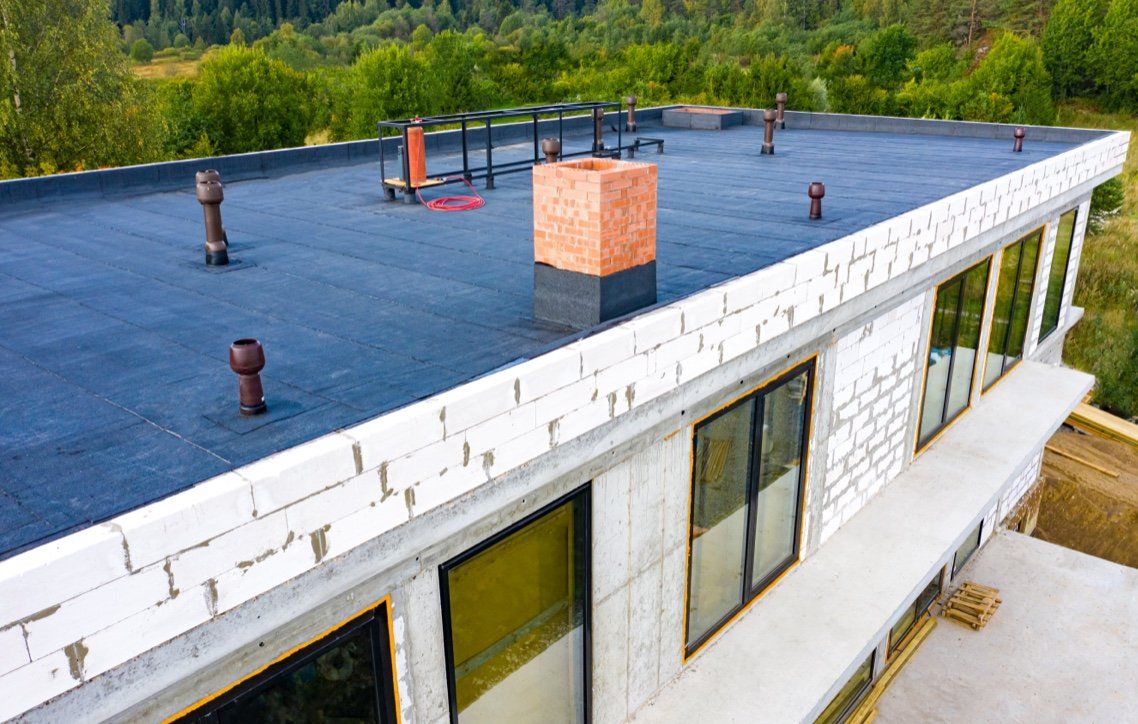Debating between a flat or sloped roof? Both options have their advantages, but the best choice depends on your needs, budget, and building design. Let’s break it down.
Pros and Cons of Flat and Sloped Roofs
Understanding Flat Roofs
- Benefits: Flat roofs are budget-friendly, simple to install, and perfect for extra space such as rooftop patios or equipment like HVAC units.
- Cons: Requires more maintenance to prevent water pooling, and can be prone to leaks if not properly sealed.
Sloped Roofs
- Benefits: Sloped roofs are great for water drainage, they are durable, and they often look more appealing.
- Cons: Higher upfront costs and more complex construction.
Debunking Myths About Flat Roofs
Contrary to popular belief, flat roofs aren’t truly flat. They have a subtle slope for water drainage. Flat roofs can be just as durable as sloped ones with the right materials and maintenance.
Important Factors to Consider When Choosing a Roof Type
Here are the key factors to consider when choosing between flat and sloped roofing:
- Costs: Flat roofs tend to be cheaper upfront, but sloped roofs may offer more savings over time due to their longevity and lower maintenance needs.
- Roofing Materials: Common materials for flat roofs include EPDM or TPO, while sloped roofs are usually made of asphalt shingles, tiles, or metal.
- Architectural Considerations: The design of the building, the climate, and its intended use should influence your choice. Flat roofs are ideal for modern buildings, while sloped roofs are better for traditional homes or locations with severe weather.
Why Choose Weathercraft for Your Roofing Needs
With years of experience, Weathercraft is your trusted partner for both flat and sloped roofing. Our team provides expert recommendations, ensuring you get the most suitable roofing solution for your building. We ensure top-notch materials and craftsmanship for every project.
